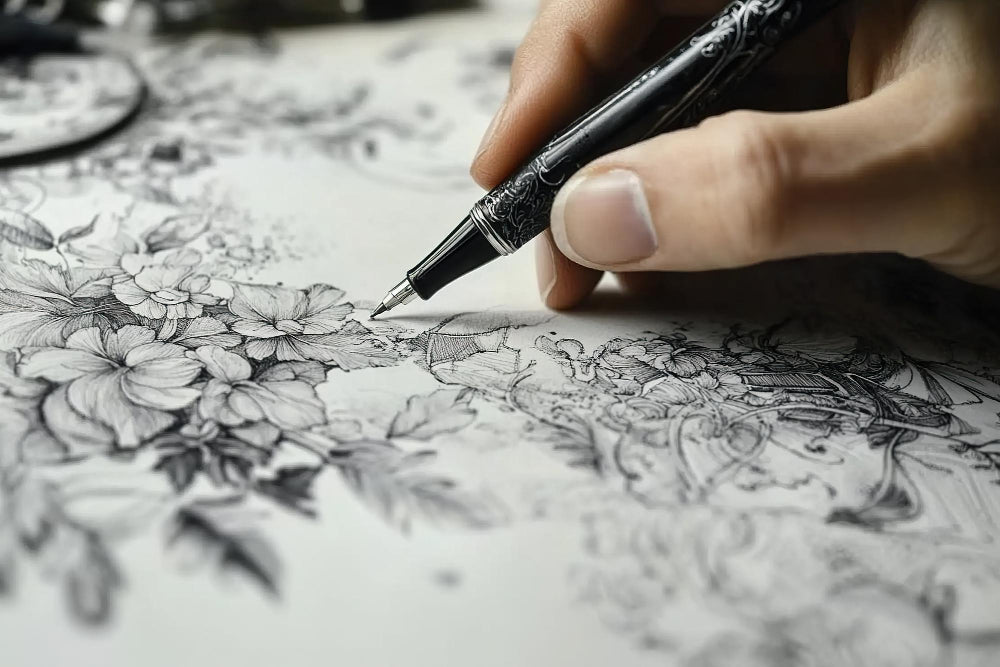
How to Add Texture with Cross-Hatching in Your Drawings
How to Add Texture with Cross-Hatching in Your Drawings
Cross-hatching is the technique given by artists toward the same area of their drawings to create depth, texture, and shadow. Layered lines drawn in varied directions create visual interest for your work and bring your subjects to life. Here's how you can effectively use cross-hatching to add texture to your drawings.
Cross-Hatching Basics
Cross-hatching will involve drawing parallel lines that cross over each other to create areas of shading and texture. But the density, angle and direction in which you draw your lines may be the difference between your finished piece of art and a pitiful one. Closer lines generally will make those areas darker; wider spacing will produce lighter tones. Different line weights may also aid in bringing on extra texture, so try exploring different line weights in order to bring an element of drama to your work.
Choosing the Right Tools
While the right tools need to be selected to be able to cross-hatch properly, fine-liners and ink pens work equally well as graphite pencils for whatever effect you are looking to accomplish. Ink will produce a sharp-edged, more concrete definition, while graphite is softer and more blended. You may want to vary pencil grades for some textures, from H for light lines to B for dark.
Effective Techniques for Cross-Hatching
Layering Lines: Laying on light parallel lines and adding subsequent layers in various directions that way allows to achieve depth and complexity. For example, you might lay a horizontal layer followed by overlaying it with vertical lines.
Line of Varying Thickness: The help of lines in creating an artistic effect can be achieved through the use of varying pen or pencil thickness. Thicker lines can be applied to enliven areas, which should be shadowy, and finer lines can be used to particularize areas that are lighter in color. This contrast does have an influence on the texture of your drawing.
Directionality: Attempt different directions for your lines. Curved lines can convey rounded forms, while straight lines can suggest flat surfaces. The direction of the lines may also guide the eye of the observer through the composition.
Gradation: Smooth gradation from light to dark can be achieved by gradual layering. Work from light hatching, and gradually thicken the lines in some areas to give the impression of body.
Combination of Techniques: With cross-hatching, other techniques such as stippling or shading may be used with it for added textures. Different methods will help you achieve unique and personal results.
Practice/Experimentation
Just like any other technique in art, cross-hatching calls for practice. Start with simple forms and then gradually work your way into more complex subjects, like figures or landscapes. Keep a sketchbook to develop the variety of cross-hatching techniques and try on styles. Observe how light acts on various materials and interpret that in your work.
Conclusion
Adding texture and depth to the drawing can be pretty powerful if you use cross-hatching. Now that you know the technique, pick the correct tool, and keep practicing, and you'll be able to take your artwork up a notch and create beautiful pieces that capture the eyes of the viewers. So, go get your sketchbook and pencils and start exploring the world of cross-hatching today.
How to Add Texture with Cross-Hatching in Your Drawings








